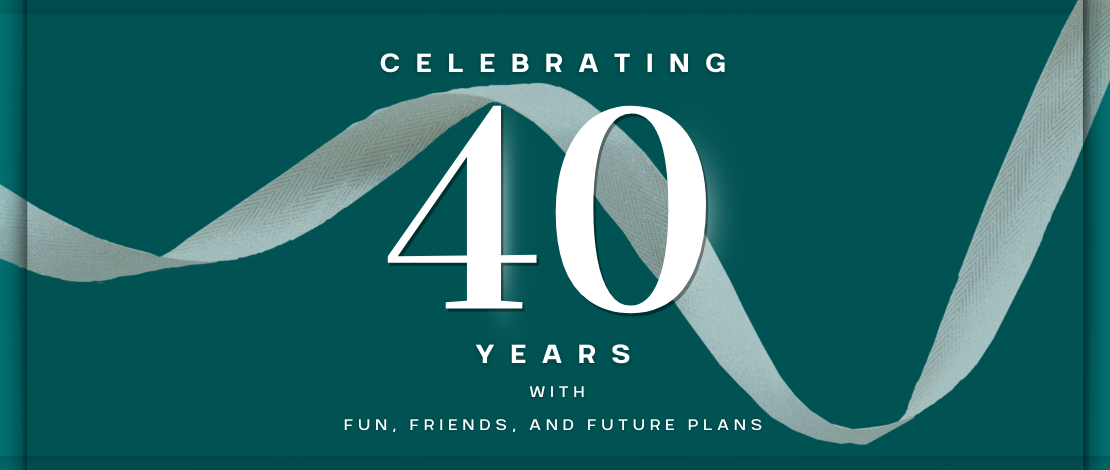Change is inevitable, and in the world of human resources, change is constant. What worked 40 years ago might be completely irrelevant today. Policies have evolved, workplaces have transformed, and the expectations of employees have shifted dramatically.
Yet, through all these changes, one thing remains true: HR is at the heart of every successful organization.
As we continue celebrating 40 years of HR Answers, we’re taking a trip down memory lane—looking back at where HR started, how it has evolved, and what today’s HR professionals can learn from the past.
HR in the 1980s: When It Was All “Personnel”
If you worked in HR (or, as it was commonly called, Personnel) in the 1980s, your job looked very different from what it does today.
- Paper was king. Resumes were mailed or faxed. Employee records lived in filing cabinets, and policies were printed in thick, three-ring binders.
- HR was administrative. Most HR departments focused on processing payroll, enforcing rules, and managing benefits. HR was rarely seen as a strategic function.
- Compliance was growing. The 1970s and 1980s brought major employment laws (like the expansion of EEO protections), and HR teams were tasked with keeping organizations out of legal trouble.
Back then, HR professionals weren’t talking about employee experience, DEI (diversity, equity, and inclusion), or remote work. The idea of HR as a strategic partner was still in its infancy.
HR in the 1990s & 2000s: The Shift Begins
The 1990s and early 2000s saw the beginning of HR’s transformation. As technology advanced and organizations became more people-focused, HR started moving beyond administration.
- HR Tech Arrived: The first HR software systems appeared, making it easier to track employee data and automate tasks like payroll and performance reviews.
- The Strategic HR Movement: Organizations began realizing that HR wasn’t just about policies—it was about people and organization success. The term “Human Resources” became the norm, replacing “Personnel.”
- A Focus on Workplace Culture: Companies started talking about engagement, work-life balance, and retention strategies. The best workplaces weren’t just following the rules—they were investing in their people.
As HR gained strategic importance, old habits died hard. Many companies still saw HR as a back-office function rather than a driver of organization results.
HR Today: An Organization-Critical Function
Fast forward to today, and HR has completely transformed. The job is faster, more complex, and more impactful than ever.
- Technology is everywhere. AI-driven recruiting, HR analytics, and cloud-based employee management systems have changed the way we work.
- HR is now a strategic partner. Modern HR professionals aren’t just enforcing rules—they’re helping organizations grow, shaping culture, and advising leaders.
- Diversity, equity, and inclusion (DEI) matter. Organizations are focusing on creating workplaces that are equitable, inclusive, and diverse.
- Workplace flexibility is expected. The rise of remote and hybrid work has forced companies to rethink traditional office models.
Today’s HR professionals need to be data-savvy, people-focused, and adaptable. The skills that made HR professionals successful 40 years ago are still valuable. Today’s HR leaders also need to think strategically, embrace change, and stay ahead of trends.
Lessons from 40 Years of HR Evolution
Looking back, what can today’s HR professionals learn from the past?
- The Basics Matter
Technology has changed the way we hire, manage, and engage employees, but the fundamentals of good HR haven’t changed.
- People want to feel valued, respected, and supported.
- Clear policies and expectations still matter.
- Good HR is equal parts compliance and compassion.
- HR’s Role Will Keep Evolving
Just as HR moved from administration to strategy, it will continue to evolve. Future HR leaders will need to:
- Embrace data and AI while maintaining the human touch.
- Stay ahead of new workplace trends (like the 4-day workweek, new hiring models, and evolving labor laws).
- Be proactive—not just reactive—when supporting employees and leaders.
- Relationships Are Everything
HR has always been about people. While we’ve gained new tools and technologies, the best HR professionals still listen, communicate, and build strong relationships.
The strongest HR professionals aren’t just experts in policies or processes—they’re trusted advisors who help organizations and employees succeed together.
What’s Next? The Future of HR
As we celebrate 40 years of HR Answers, we’re also looking ahead. What’s next for HR?
- More AI and automation with a human-first approach.
- A stronger focus on employee well-being, mental health, and workplace flexibility.
- Continued challenges in recruiting, retention, and engagement as workplace expectations continue to shift.
- HR professionals stepping into broader leadership roles as organization strategists and culture builders.
One thing is certain: HR isn’t going anywhere. The workplace will keep evolving, and great HR professionals will always be needed.
At HR Answers, we’re excited about the future. We’ve spent 40 years helping organizations navigate change, and we’re ready for whatever comes next.
Join the Conversation!
HR professionals—what changes have you seen in your career? What lessons have you learned from the evolution of HR? Share your thoughts with us!
Stay tuned for next month’s post: “The Future of HR: What’s Next?” We’ll explore emerging trends, the biggest challenges HR professionals will face, and how organizations can prepare for the future.
The past 40 years have been amazing, and the future promises to bring new opportunities.

